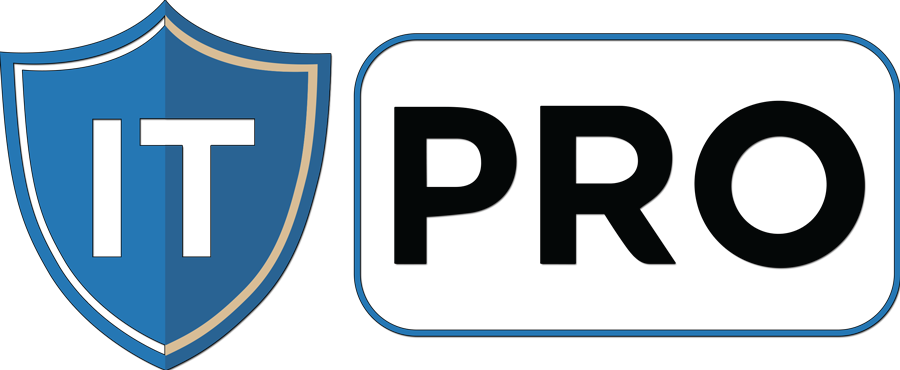IT Pro Miami Blog
Lower Costs & Bigger ProfitsMicrosoft Operating Systems BlueKeep Vulnerability
The Cybersecurity and Infrastructure Security Agency (CISA) is issuing this Activity Alert to provide information on a vulnerability, known as “BlueKeep,” that exists in the following Microsoft Windows Operating Systems (OSs), including both 32- and 64-bit versions, as well as all Service Pack versions:
- Windows 2000
- Windows Vista
- Windows XP
- Windows 7
- Windows Server 2003
- Windows Server 2003 R2
- Windows Server 2008
- Windows Server 2008 R2
An attacker can exploit this vulnerability to take control of an affected system.
Technical Details
BlueKeep (CVE-2019-0708) exists within the Remote Desktop Protocol (RDP) used by the Microsoft Windows OSs listed above. An attacker can exploit this vulnerability to perform remote code execution on an unprotected system.
According to Microsoft, an attacker can send specially crafted packets to one of these operating systems that has RDP enabled.[1] After successfully sending the packets, the attacker would have the ability to perform a number of actions: adding accounts with full user rights; viewing, changing, or deleting data; or installing programs. This exploit, which requires no user interaction, must occur before authentication to be successful.
BlueKeep is considered “wormable” because malware exploiting this vulnerability on a system could propagate to other vulnerable systems; thus, a BlueKeep exploit would be capable of rapidly spreading in a fashion similar to the WannaCry malware attacks of 2017.[2]
CISA tested BlueKeep against a Windows 2000 machine and achieved remote code execution. Windows OS versions prior to Windows 8 that are not mentioned in this Activity Alert may also be affected; however, CISA has not tested these systems.
We have observed an increase in ransomware attacks across the world. Ransomware is a type of malicious software, or malware, designed to deny access to a computer system or data until a ransom is paid. Ransomware typically spreads through phishing emails or by unknowingly visiting an infected website.
Ransomware can be devastating to an individual or an organization. Anyone with important data stored on their computer or network is at risk, including government or law enforcement agencies and healthcare systems or other critical infrastructure entities. Recovery can be a difficult process that may require the services of a reputable data recovery specialist, and some victims pay to recover their files. However, there is no guarantee that individuals will recover their files if they pay the ransom.
- Restrict users’ permissions to install and run software applications, and apply the principle of “least privilege” to all systems and services. Restricting these privileges may prevent malware from running or limit its capability to spread through a network.
- Use application whitelisting to allow only approved programs to run on a network.
- Enable strong spam filters to prevent phishing emails from reaching the end users and authenticate inbound email to prevent email spoofing.
- Scan all incoming and outgoing emails to detect threats and filter executable files from reaching end users.
- Configure firewalls to block access to known malicious IP addresses.
Need help ? We can do this for you. Contact us today.

Great thanks